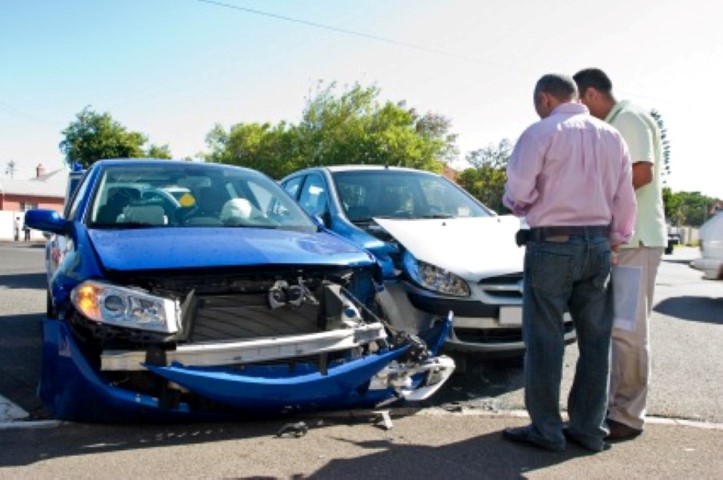Consumer's 5-Minute Guide To No-Fault Car Insurance: Whose Fault Is It?
- Written by The Driver
- Published in News
- font size decrease font size increase font size
- Be the first to comment!

The name confuses a lot of people. There's a good reason. "No fault" implies no party is at fault following an accident. The fact is, someone is always at fault, and the person or persons responsible are likely to see their car insurance rates increase.
So, what does no-fault mean? More to the point, how does it affect you in the event you are involved in an accident? We'll clarify these and other important points below. You'll learn what no-fault insurance is, how fault is determined after a collision, and what happens if you are found to be responsible for the incident. If you find that your insurer treats you unfairly, it may be time to request quotes from other companies.
Basics of no-fault auto insurance
The basic premise under which no-fault insurance works is that you deal with your own insurer following an accident. It does not matter whether you were responsible for the incident, or another driver caused it. All parties involved file claims with their respective insurance companies to receive compensation for injuries and damages to their personal property. There is no need for you to contact the other driver, or the individual's insurer for compensation.
One of the reasons Ontario and a number of other provinces have adopted a no-fault insurance system is because of the high cost of litigation. In the past, when two drivers got into an accident, their insurers would often disagree regarding who was to blame. The matter would oftentimes be settled in court with the injured parties left to wonder about the outcome. This process, along with its high cost, can often be avoided with a no-fault system.
Proponents of this system claim policyholders enjoy lower overall rates. Given that rates have continued to rise over the last several years, this assertion is questionable.
The main benefit for consumers is that claims for compensation for injuries and property damage are paid out quickly. There is no need to wait for the insurance companies to determine who was at fault.
How is fault assigned for an accident?
It is important to realize that a police officer's opinion regarding which party caused an accident is all but irrelevant to insurers. An officer's perspective of the incident is limited to whether charges should be brought against any of the involved parties. It has little to do with how blame is ultimately assigned by insurance companies.
Insurers operating under a no-fault system rely on fault determination rules established by regulators for their provinces. For example, Ontario's fault determination rules were created by Regulation 668 under the Insurance Act. These rules are very clear, and include detailed examples that address the most common types of collisions. They simplify the insurer's task of determining who is at fault. They also help to ensure determinations of fault are applied fairly and consistently.
An example of how insurers determine fault

Suppose you are traveling along the highway, and a second car is traveling in the same direction a safe distance in front of you. But the driver of the other car slows suddenly and unexpectedly without notice to make a right turn. Because you had not expected him to do so, your vehicle accidentally rear-ends his car. Who is to blame?
Further suppose the police officer who arrives on the scene learns the details of the incident, and concludes both you and the other driver are at fault. According to the officer, the other driver should have turned on his right indicator light and slowed more gradually. On the other hand, you should have been more careful.
Your insurance company will not take the police officer's opinion into account. It will instead refer to the fault determination rules established for your province. If you live in Ontario, the rules for this particular scenario indicate you are 100% at fault.
What happens if you are found at fault?
It is worth noting there are circumstances for which fault is shared between parties. Keep in mind, as long as you are partially to blame for an accident, you will be affected by it.
The incident will be added to your insurance record. In most cases, you can also expect your rates to rise when your policy comes up for renewal. An exception might be made if your insurer offers accident forgiveness, a feature that protects your premium if you cause an accident. The feature is usually reserved for drivers with clean records and few claims.
Once an accident has been added to your driving record, it remains there for six years. It will continue to affect your rates until it drops off.
Insurance companies have different approaches to changing their policyholders' rates after an accident, regardless of whether they operate in a no-fault environment. Call your insurer, and ask the representative to explain your company's approach. This might be a good time to shop around and compare quotes from other insurers.
